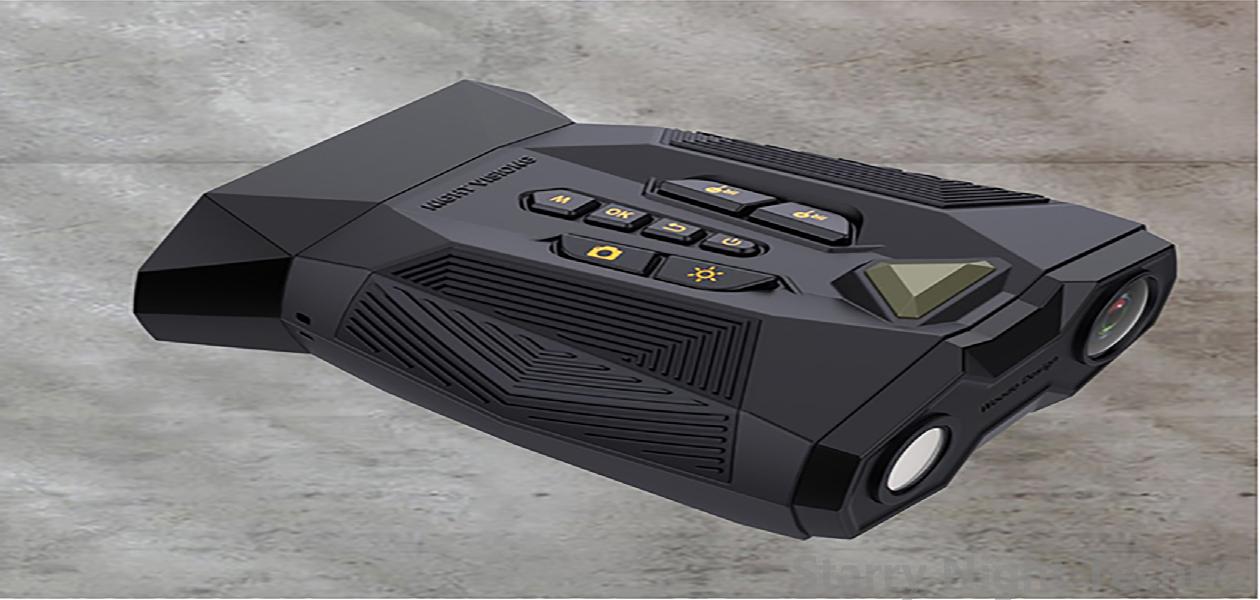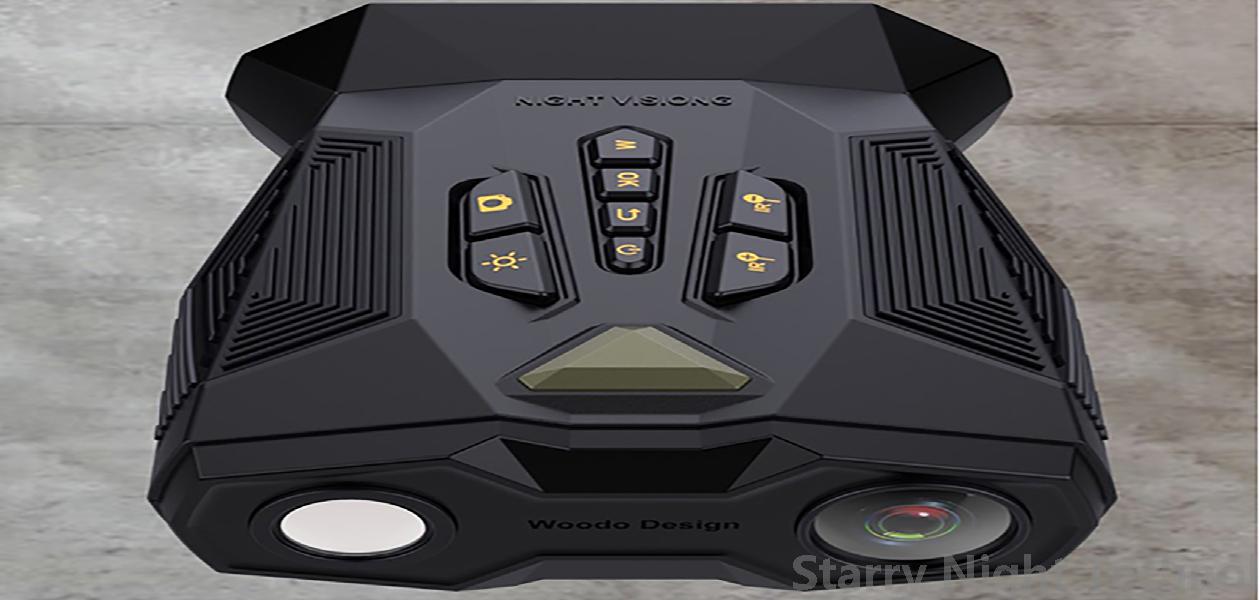The Evolution of Night Vision Technology in Surveillance Systems
1757246418000

Night vision technology has undergone significant transformation over the decades, evolving from rudimentary optical devices to sophisticated systems capable of delivering high-resolution images even in complete darkness. Initially developed for military use during World War II, this technology now plays a crucial role in surveillance applications across various sectors, including law enforcement, wildlife monitoring, and home security. In this article, we’ll explore the history, advancements, current state, and future prospects of night vision technology in surveillance systems.
#### Historical Context
The journey of night vision begins with the invention of passive infrared (IR) technology around the time of World War II. Early night vision devices used amplifying technology to enhance available light, allowing soldiers to see in low-light conditions. Post-war developments led to the introduction of generation 1 (Gen-1) night vision devices, which utilized a basic image intensifier tube. These early devices offered limited performance but paved the way for more advanced iterations.
As the Cold War intensified, so did the need for enhanced surveillance capacities. This prompted defense research and development leading to Gen-2 devices, featuring improved optics and electron tubes that provided clearer images and better sensitivity to dim light. By the 1990s, Generation 3 (Gen-3) night vision technology emerged, using gallium arsenide semiconductors, significantly enhancing resolution and overall performance. This period solidified night vision as an indispensable tool for both military and civilian applications.
In recent years, Generation 4 (Gen-4) night vision systems have taken center stage, utilizing Automatic Gain Control (AGC) technology. AGC allows these devices to adjust automatically to varying light levels without any prior configuration, making them incredibly versatile for dynamic environments.
#### Technological Advancements
As night vision technology advanced, several key innovations reshaped its potential in surveillance systems:
1. **Digital Night Vision**: Digital sensors have transformed traditional optical-based systems into electronic units capable of processing and interpreting data more efficiently. Unlike analog systems, digital night vision provides enhanced clarity and can operate seamlessly in daylight without damage.
2. **Fusion Technologies**: One groundbreaking advancement is the fusion of thermal imaging and night vision technologies. Thermal cameras detect heat emitted by objects, enabling users to monitor activity irrespective of lighting conditions. When combined with conventional night vision, these systems provide unparalleled situational awareness for surveillance operators.
3. **High Definition Imaging**: The prevalence of HD technology has filtered down to night vision equipment. Modern devices boast higher pixel counts and better definitions, ensuring crisp and detailed images during nighttime operations or under challenging weather conditions.
4. **Networking and Compatibility**: The modern landscape embraces IoT (Internet of Things), allowing night vision systems to connect wirelessly with other devices. Video feeds can be streamed in real-time to command centers, mobile apps, or cloud storage, facilitating efficient data usage and accelerative response times.
 6. **Portable and Compact Designs**: Advances in materials science allow manufacturers to create lightweight yet durable designs readily adaptable to various operational demands. Their compact size means they can fit on unmanned aerial vehicles (UAVs) or portable surveillance kits employed in diverse terrains.
6. **Portable and Compact Designs**: Advances in materials science allow manufacturers to create lightweight yet durable designs readily adaptable to various operational demands. Their compact size means they can fit on unmanned aerial vehicles (UAVs) or portable surveillance kits employed in diverse terrains.#### Current Applications in Surveillance
Today, night vision technology finds application across different fields beyond military contexts. Security agencies utilize it for border patrol, urban crime reduction strategies, and special tactical operations. Wildlife researchers deploy night vision systems to observe nocturnal animals without disturbing their natural behavior. Furthermore, homeowners increasingly invest in night-vision-enabled security cameras to bolster property protection against thieves and trespassers.
Modern public safety initiatives leverage video analytics powered by artificial intelligence, offering predictive policing solutions that rely heavily on accurate surveillance data—even at night. Enhanced visibility fosters national interests concerning general welfare and individual citizen safety alike.
#### Future Prospects
While night vision technology has significantly progressed, there remains ample room for innovation. Future developments could likely include:
- **Augmented Reality (AR)**: AR integration may transform how operators interface with night vision, blending real-world observation with computer-generated graphics to interpret information instantaneously.
- **Miniaturization**: Innovations would enable smaller, efficient components fostering portability while maintaining robust functionality.
- **Integration with Drones**: UAVs equipped with advanced night vision will become commonplace for agriculture, security, and reconnaissance applications. Such drones would deliver critical data analysis aided by machine learning algorithms improving decision-making processes.
- **Machine Learning and AI**: Next-generation surveillance systems will likely incorporate AI-driven insights, processed from night vision footage, predicting behaviors, threats, or anomalies based on historical occurrences.
#### Conclusion
From its origins rooted in wartime exigencies to becoming a cornerstone of contemporary surveillance systems, night vision technology has rapidly evolved, driven by technological advances and changing societal needs. Today, it serves not only as a responsive solution for security and reconnaissance operations but also promises to reshape broader fields through ongoing innovation. Increasingly integrated with other modalities like AI and drone technologies, night vision's evolution hints at a future rich in opportunity—one where clarity reigns supreme, regardless of time constraints.
What are some useful night vision devicesStarry Night Technol

